The meerkat (Suricata suricatta) belongs to the mongoose family, Herpestidae. In total there are 13 species of mongoose living in southern Africa. The meerkat itself is renowned for its distinctive upright stance. The squirrel sized mammal has a long body, pointed muzzle, flat ears and black patches around its eyes.
Feeding
- They appear to be immune to the venomous sting of scorpions. However, to play it safe a mother will remove the scorpion sting before feeding the invertebrate to her young.
- A meerkat will find its prey by smell. Once located they will dig up their quarry using their powerful foreclaws.
- They forage individually but remain in constant vocal contact with one another.
- A meerkats eyes are protected from the dirt and sand which they excavates by a thin membrane.
Behaviour
- Meerkats are only active by day. Each morning when they surface from their burrows. Here they will sunbathe and groom for 30 minutes or so before leaving to forage
- They are very sociable animals. Several families may join together to live as one large mob (group) of up to 50. Bonds are strengthened through grooming and huddling together.
- Meerkats are territorial. They will mark the area around their burrows with faeces and anal gland secretions. Borders with other groups of meerkats are marked with a shared latrine.
Breeding
- Male meerkats will leave their family group to take over another group or join a splinter group of females.
- Meerkats within a family group rarely fight other than during the breeding season. When they do so these fights between the same sexes are serious and can prove fatal.
- When the number of meerkats within the group are limited it is only the dominant pair that will breed. In larger groups two to three pairs may do so. A dominant pair may produce two to three litters per year.
Raising the pups
- Pups are taught what to eat by others in the group. They will be brought back live prey and taught how to kill it.
- All members of the meerkat family will take it in turns to act as baby sitters for the young. They may do this for 2 to 3 days, during which time they will not be able to forage for food.
- Meerkats can suckle their young whilst standing on their hindlegs.
- The alpha female will sometimes force others in the group to nurse her young.
Defence
- Meerkats post sentries to keep any eye out for danger. Each posting lasts about 1 hour and is usually undertaken by the best foragers. During the watch the sentinel emits a continuous all clear call.
- They will chase off jackals by joining together. The dominant male leads the charge of one tight mass of meerkats which advance with a bouncy gait. This gives the illusion that they are one large animal.
- If two groups can’t avoid fighting they will do so by lining up and then charging as one.
- A sharp bark is used by the meerkat on sentry duty to alert the others to an aerial threat and a hoot for a terrestrial predator.
- Young meerkats may dive for cover when a plane flies over as they mistake it for a bird of prey.
Get involved
Vote for your favourite meerkat fact or find out more about its close relation, the dwarf mongoose.
TAGGED:


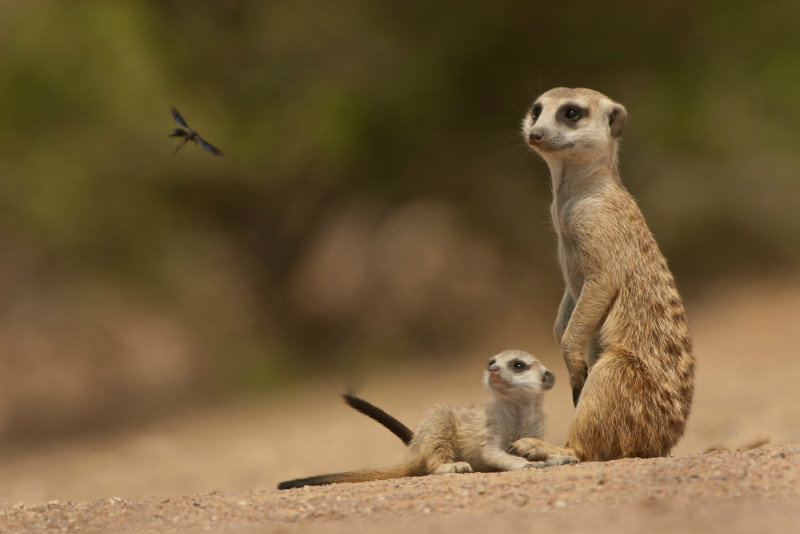
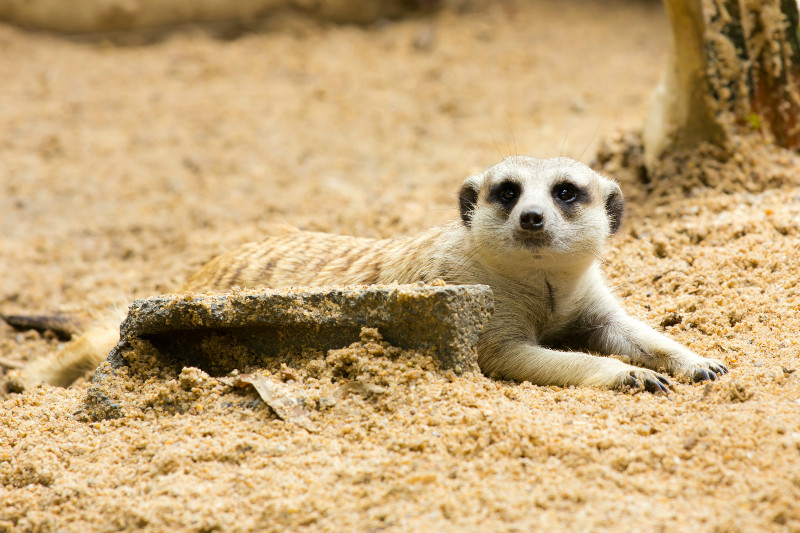

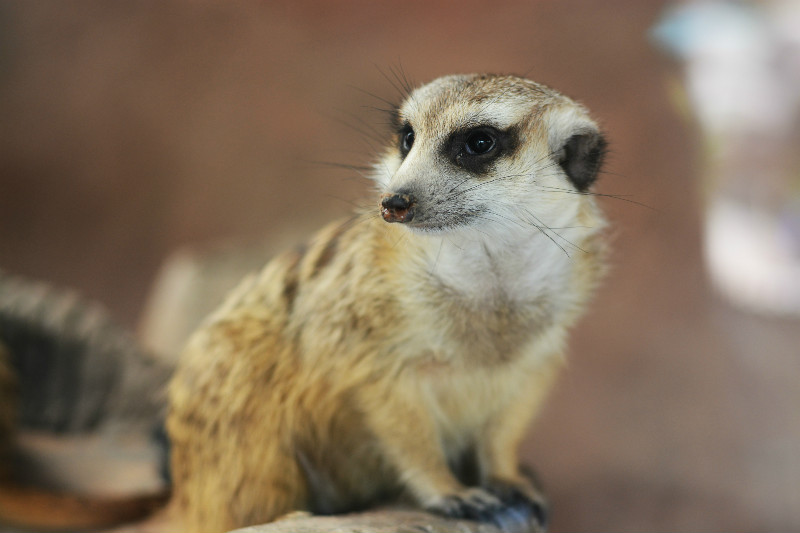
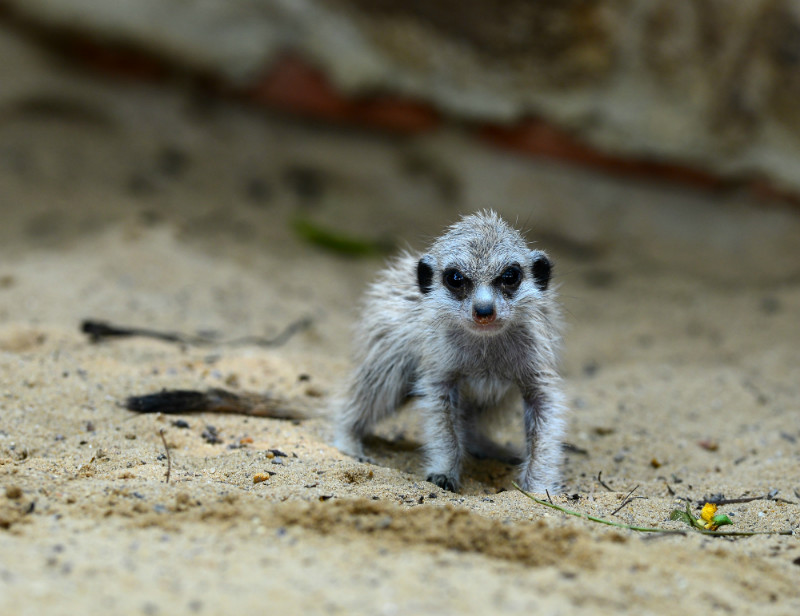
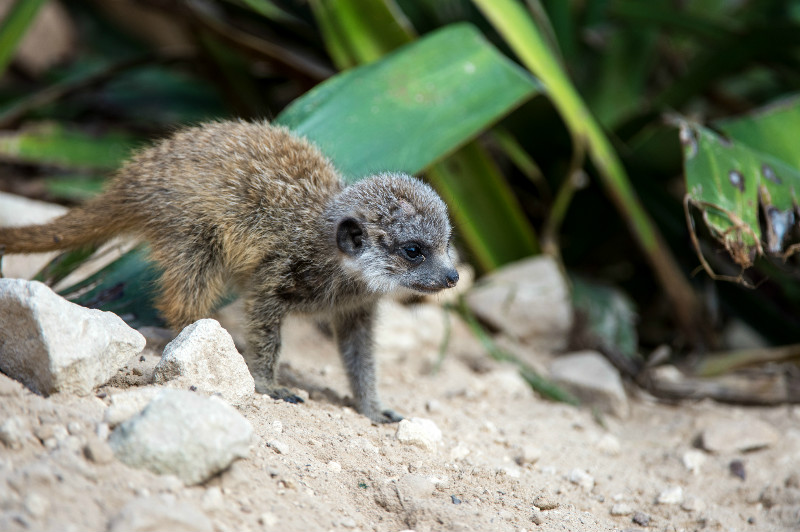

 Previous Post
Previous Post
